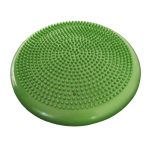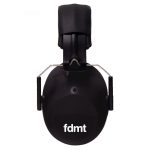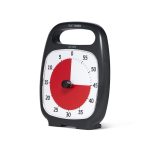On April 22, the very first webinar organized by fdmt took place in collaboration with two French speaking professionals, Caroline Quarré, psychosocial worker, author of the book L’enfant stressé and her sister Mélanie Quarré, teacher for the CSSMI. Nathalie Gagnon expert advisor at fdmt was also there to present the new stress management kit of fdmt. We thought the information shared that night would be interesting for our entire community. For that reason, we decided to translate the most important concepts that were discussed.
The causes of stress
The two professionals started by explaining that stress in young people has increased year after year, and with the arrival of the pandemic, young and old have seen their stress levels increase. There are many causes, like unpredictable changes linked to Covid-19, combined with the need for adaptation or parental stress, these are all elements that increase the feeling of stress in children.
The difference between stress and anxiety
Firstly, stress is the physical activation of the body in order to adapt to the current situation. For example, when the heart beats faster and faster, breathing quickens, pupils dilate dilating, etc.
On the other hand, anxiety can be compared to the hamster spinning on its wheel in the child’s head. It is when he foresees or anticipates what may happen. In the case of anxiety, it is important to teach the child that this is a situation in which he is not well, but he is not in danger.
Stress and learning
Children are frequently compared to sponges; it is also true when it is time to talk about stress. The child follows the behavior of his parent instinctively which implies that he can feel the variation of his parent’s stress. It is essential to take care of yourself as a parent to be able to take care of your child; for the unique reason that a stressed child is not fully available for learning. Before the age of 6 or 7, the child is not able to control his emotions, so he needs his parent to help him calm down.
Caro Carré technique
This breathing technique allows the child to come out of his head and bring him back into feeling his body. It is important to accompany the child and to incite him to breathe from his chest. Following each side of the square:
– The left line: we breathe in for 4 seconds.
– The top line: we block the breathing for 4 seconds.
– The right line: we breathe out for 4 seconds.
– The bottom line: we block the breathing for 4 seconds.
The breathing square can be restarted for as long as needed.
Essential tools to have in the classroom
New : Stress management kit
The webinar concluded with Nathalie Gagnon expert advisor at fdmt who explained the new stress management kit for everyone: it helps for self-regulation of emotions. This kit is composed of stimulating sensory tools including touch, hearing and visual perception.
We are planning other webinars soon and some will be in English. Stay tuned by subscribing to our newsletter to get the details first!

fdmt team
Website : www.fdmt.ca/en
Facebook : fdmtOfficiel







Leave A Comment